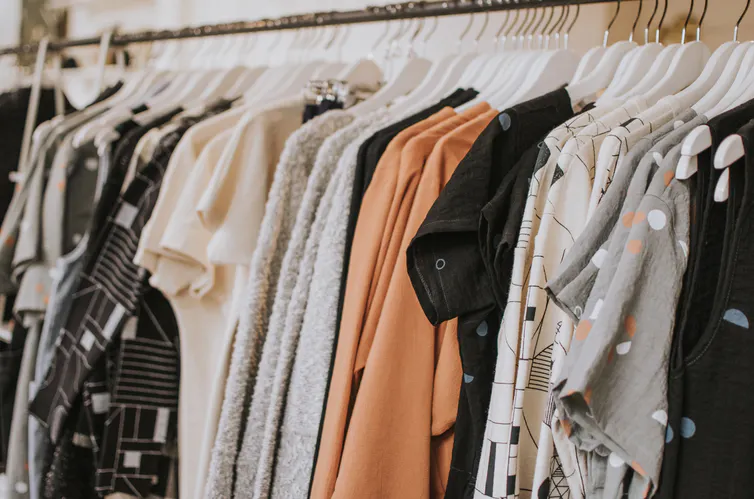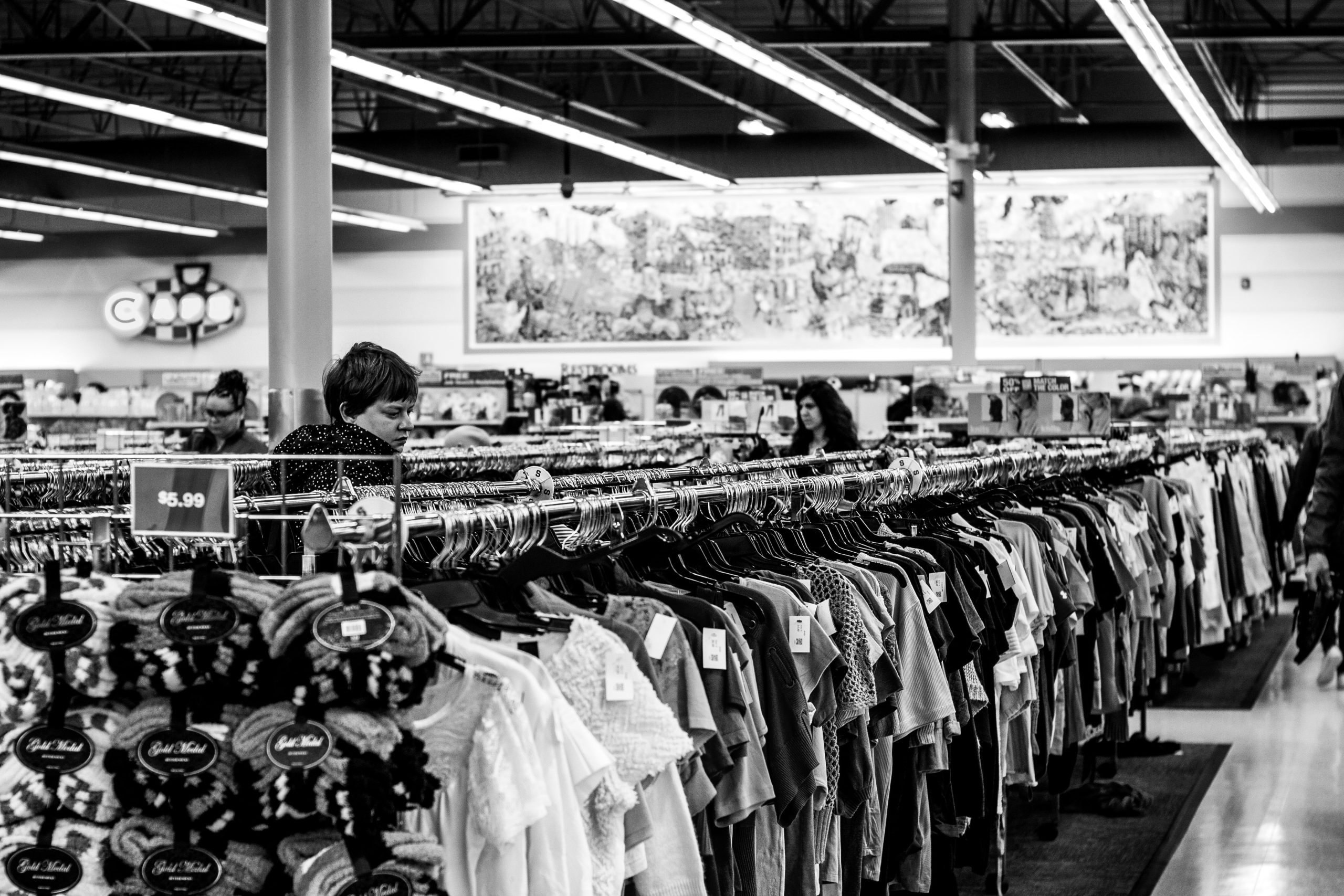Harriette Richards, The University of Melbourne, and Natalya Lusty, The University of Melbourne
As Australian consumers step out of their loungewear post-lockdown, many might be looking to buy new clothes for themselves or as gifts.
Whether you’re buying sweatpants or sequins, online or in-store, ethical fashion shopping can be confusing. There are so many terms, certifications, and accreditation systems — not to mention the marketing spin and corporate greenwashing — to navigate.
Our recent research examined the impact modern slavery laws have had on consumer awareness about ethical fashion, as part of a larger project on modern … Read the rest


